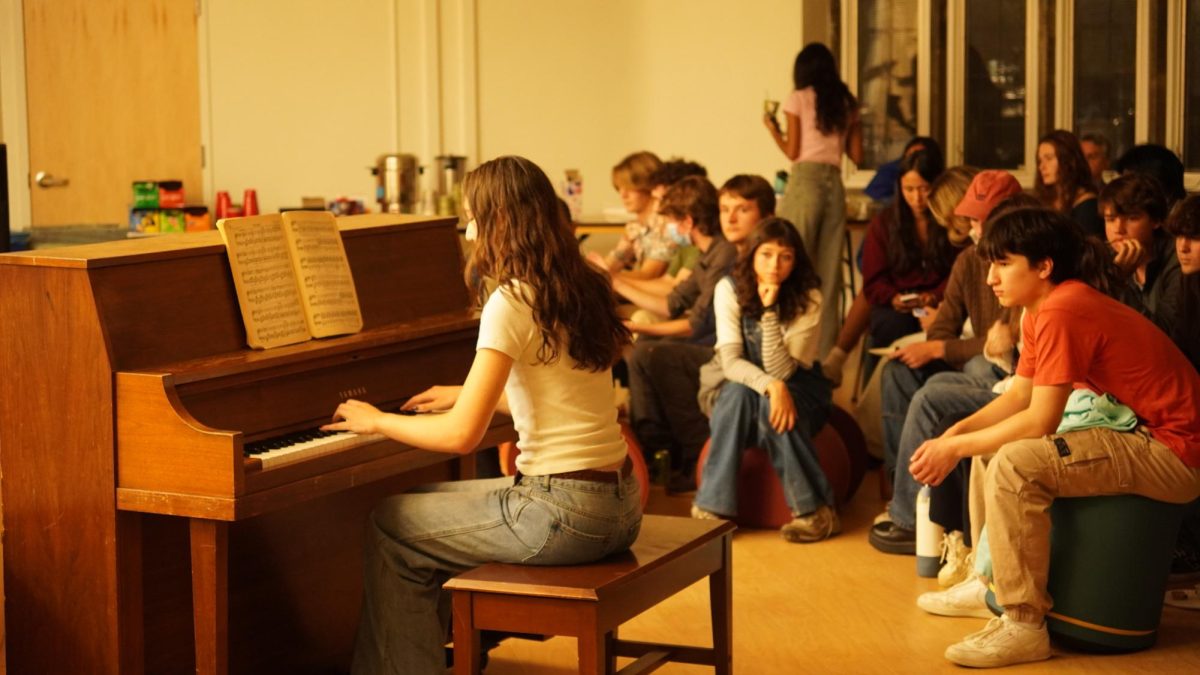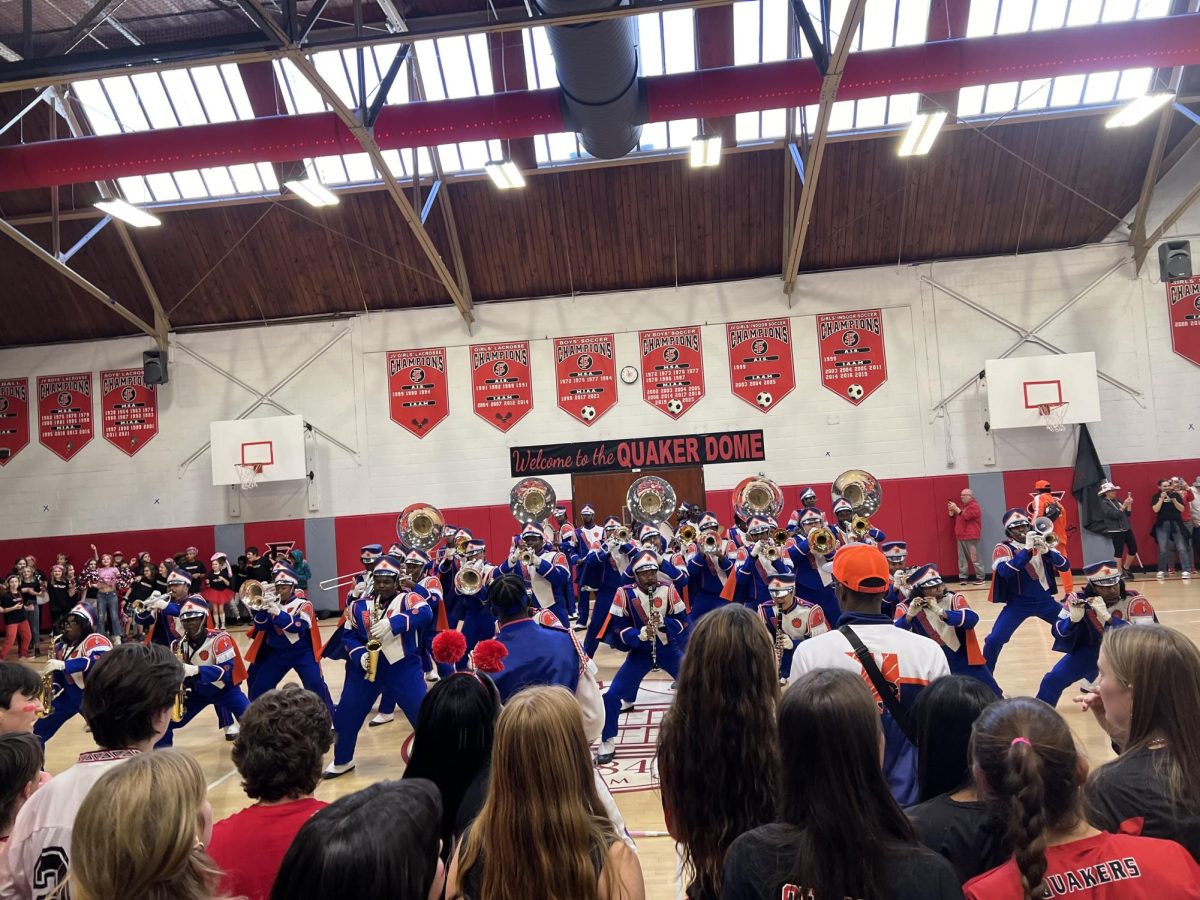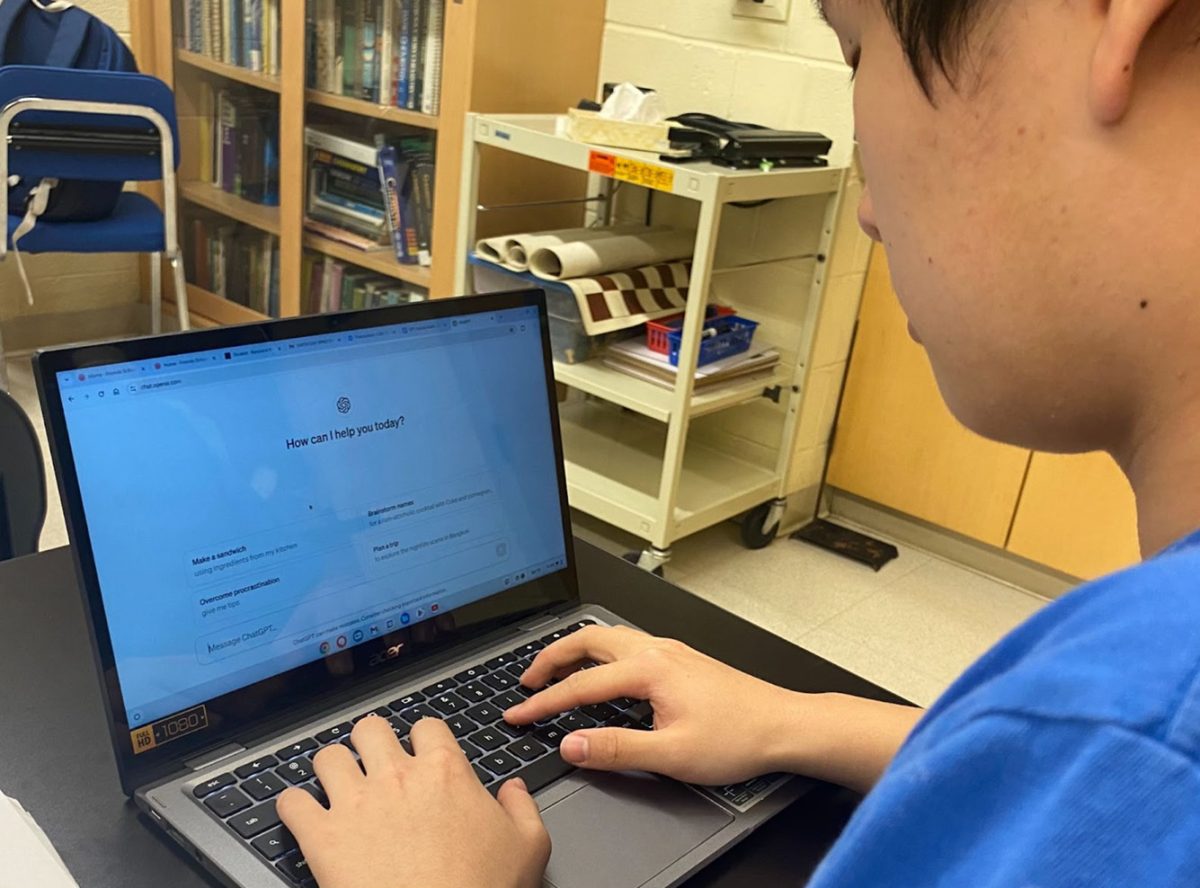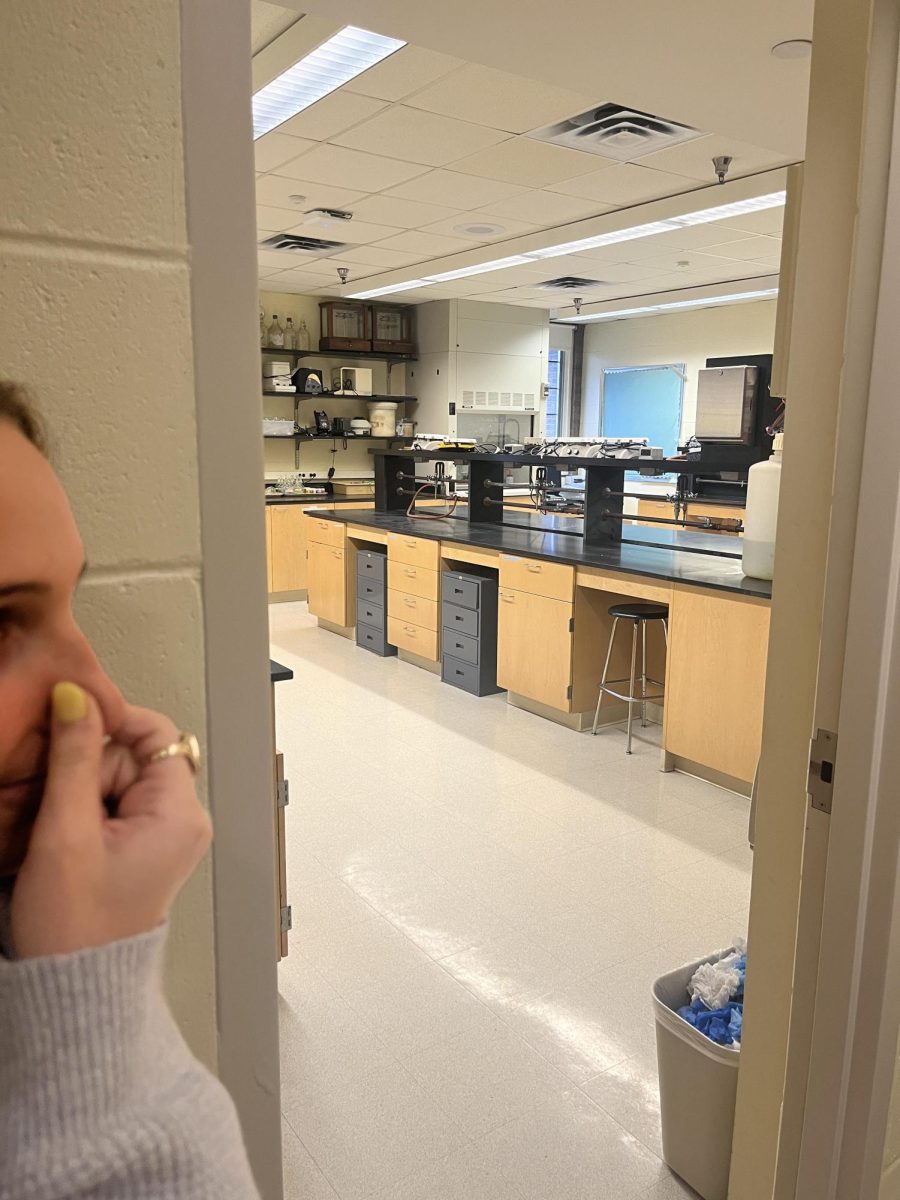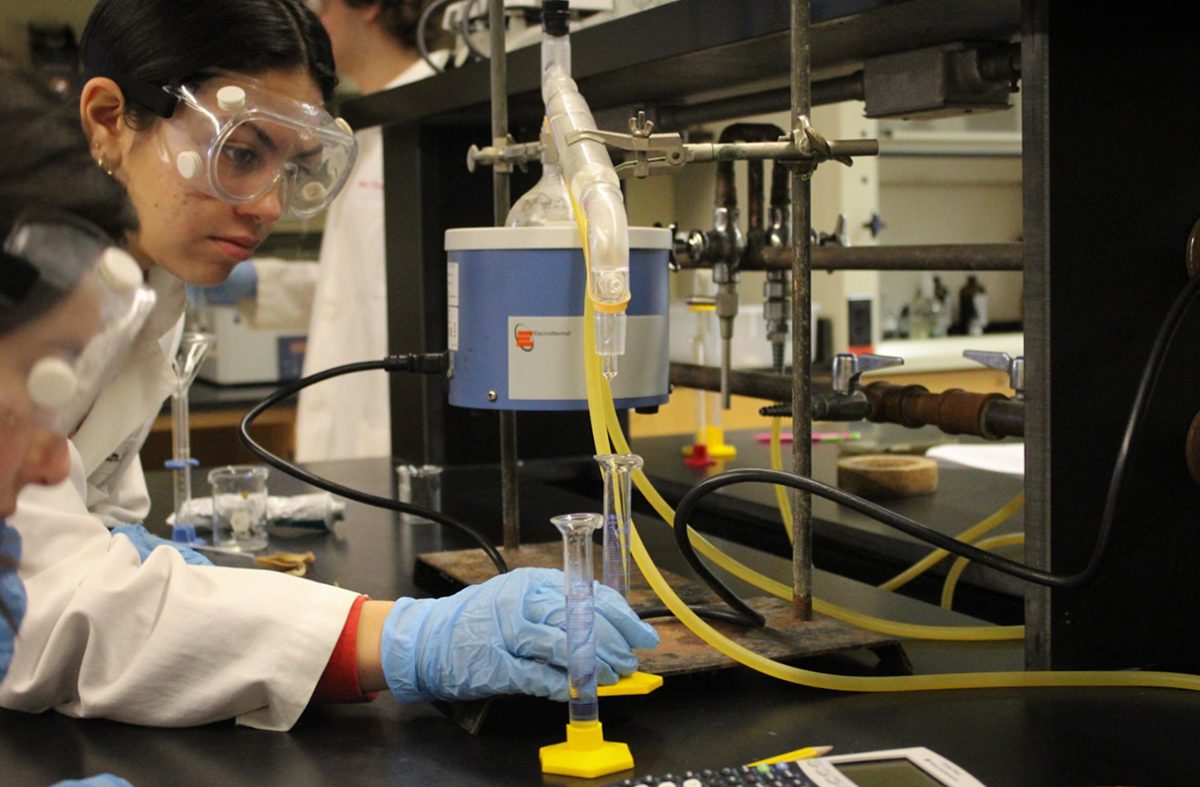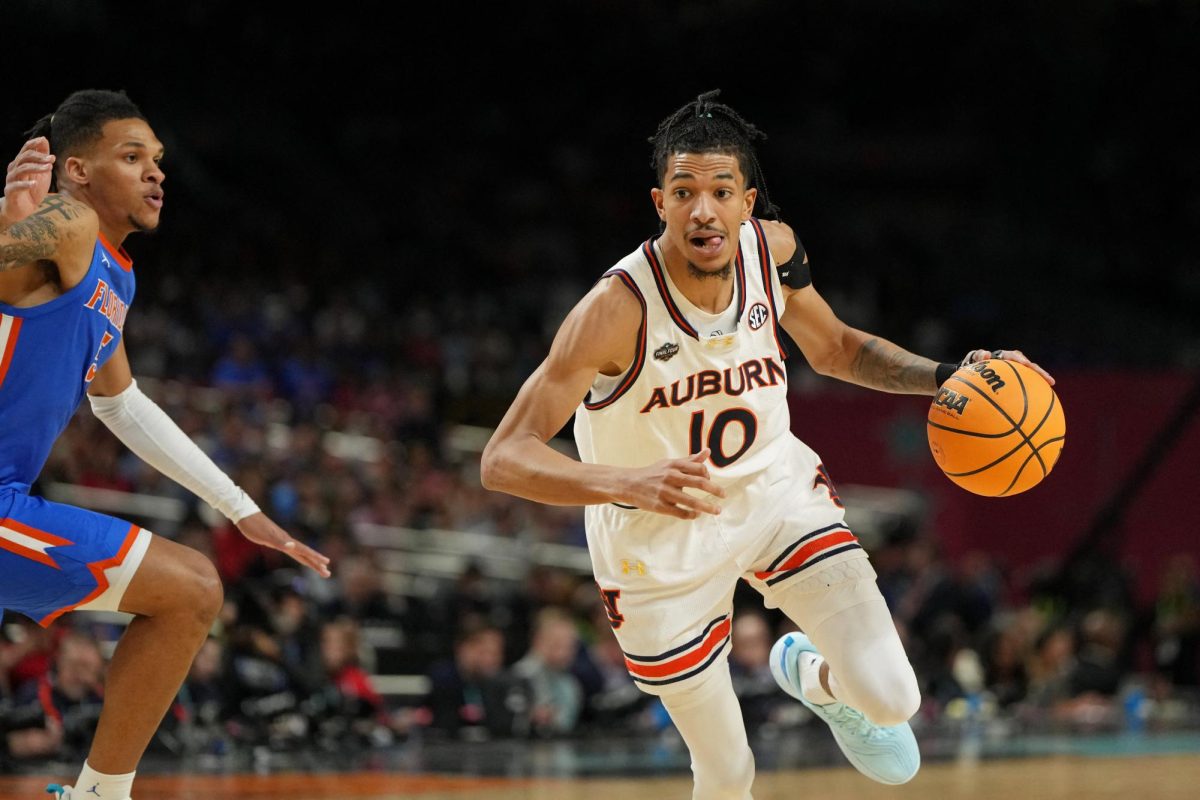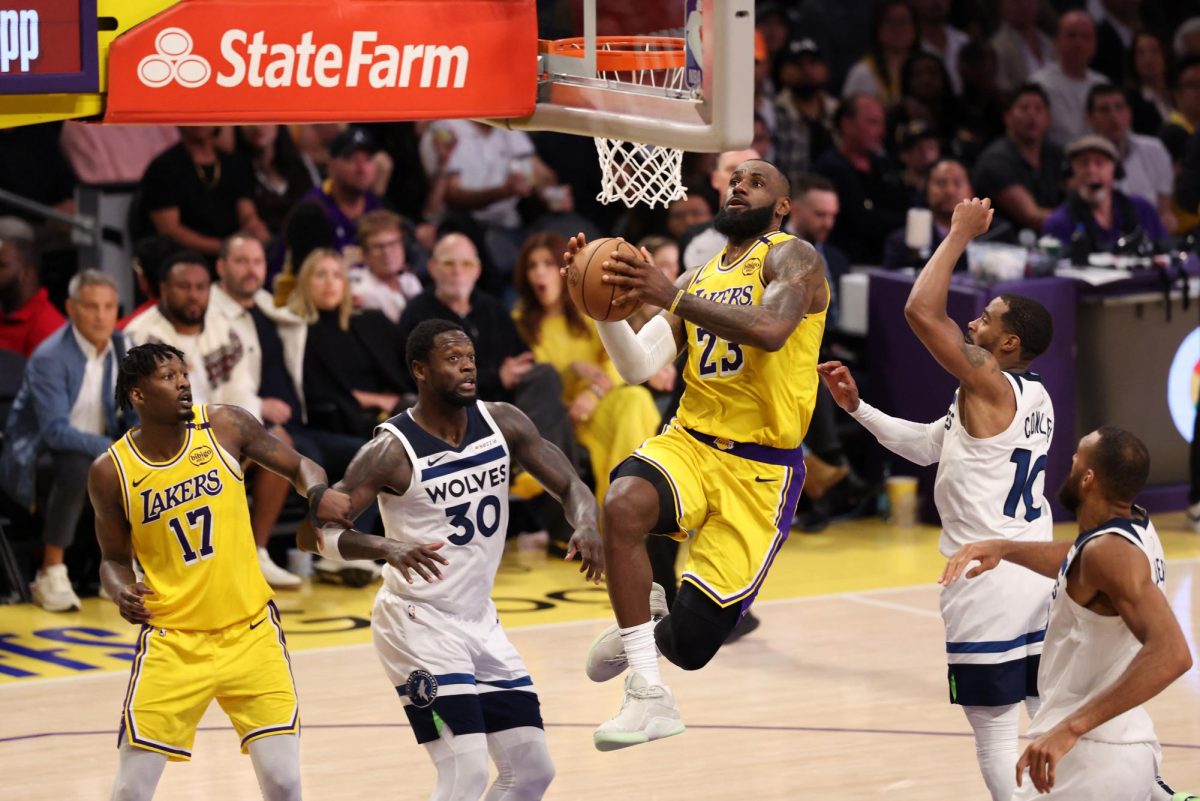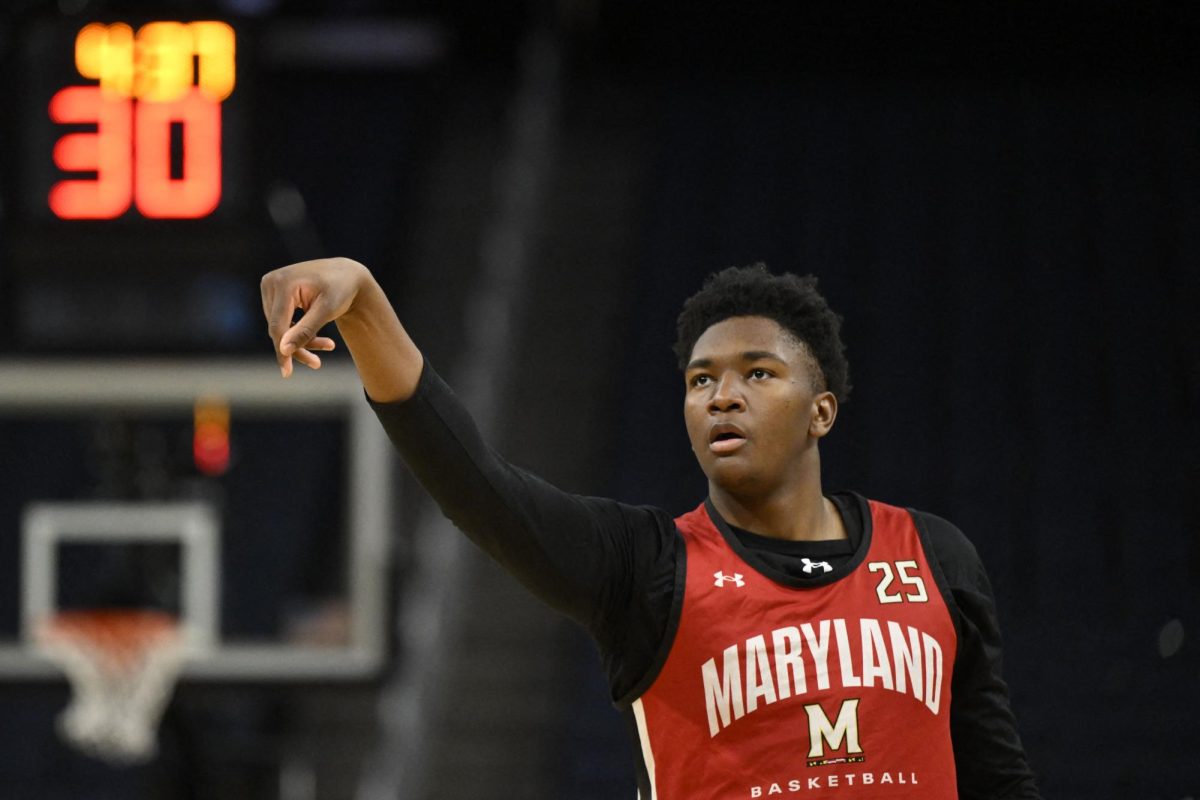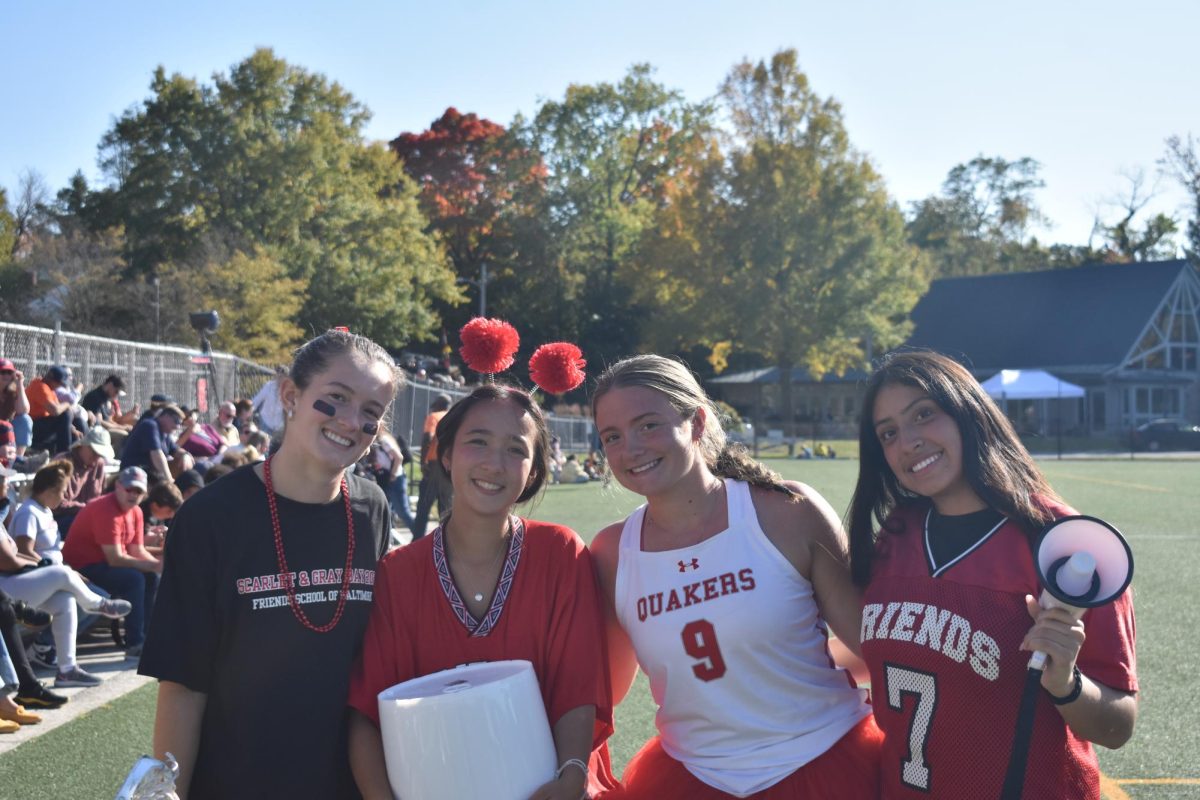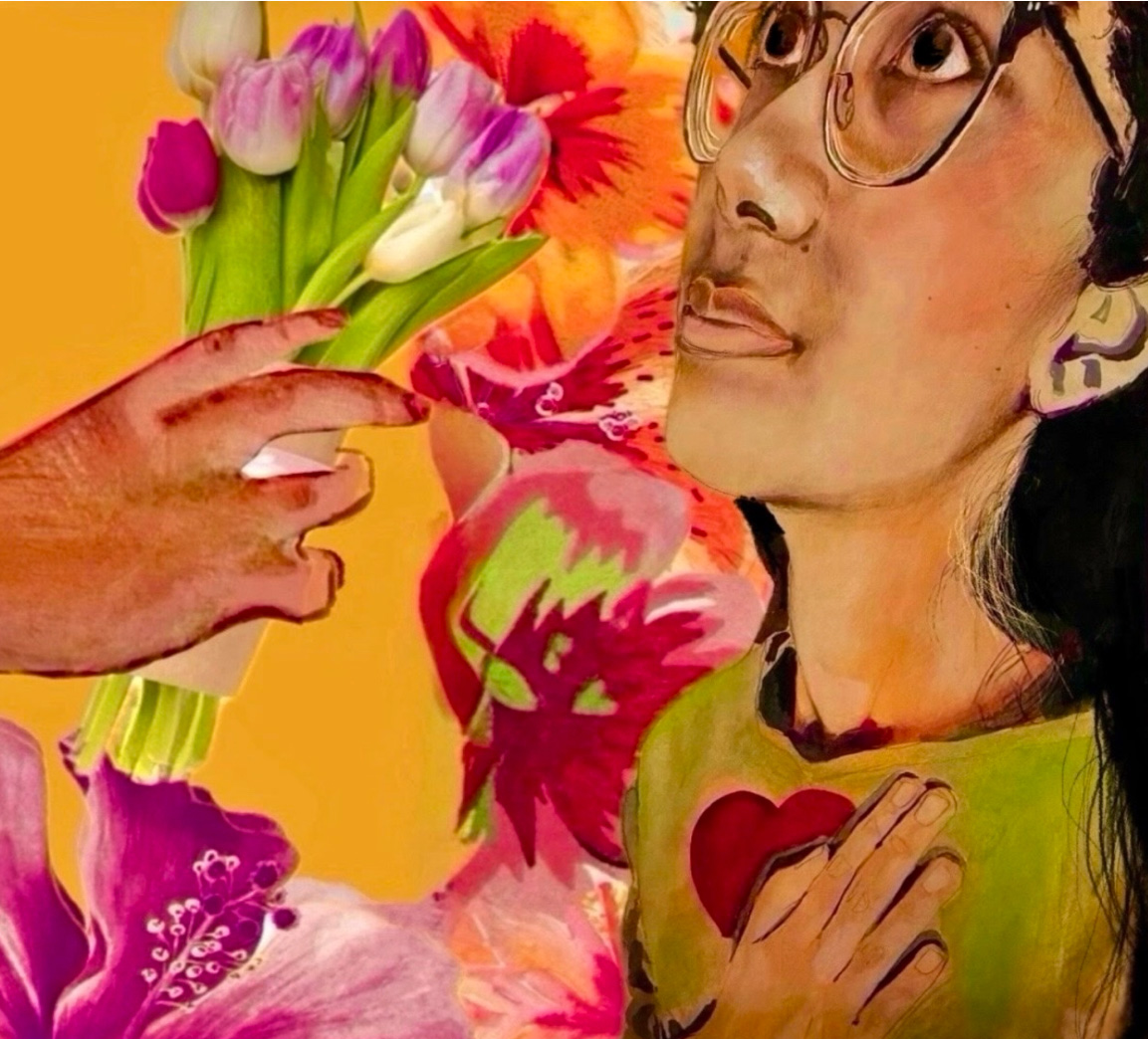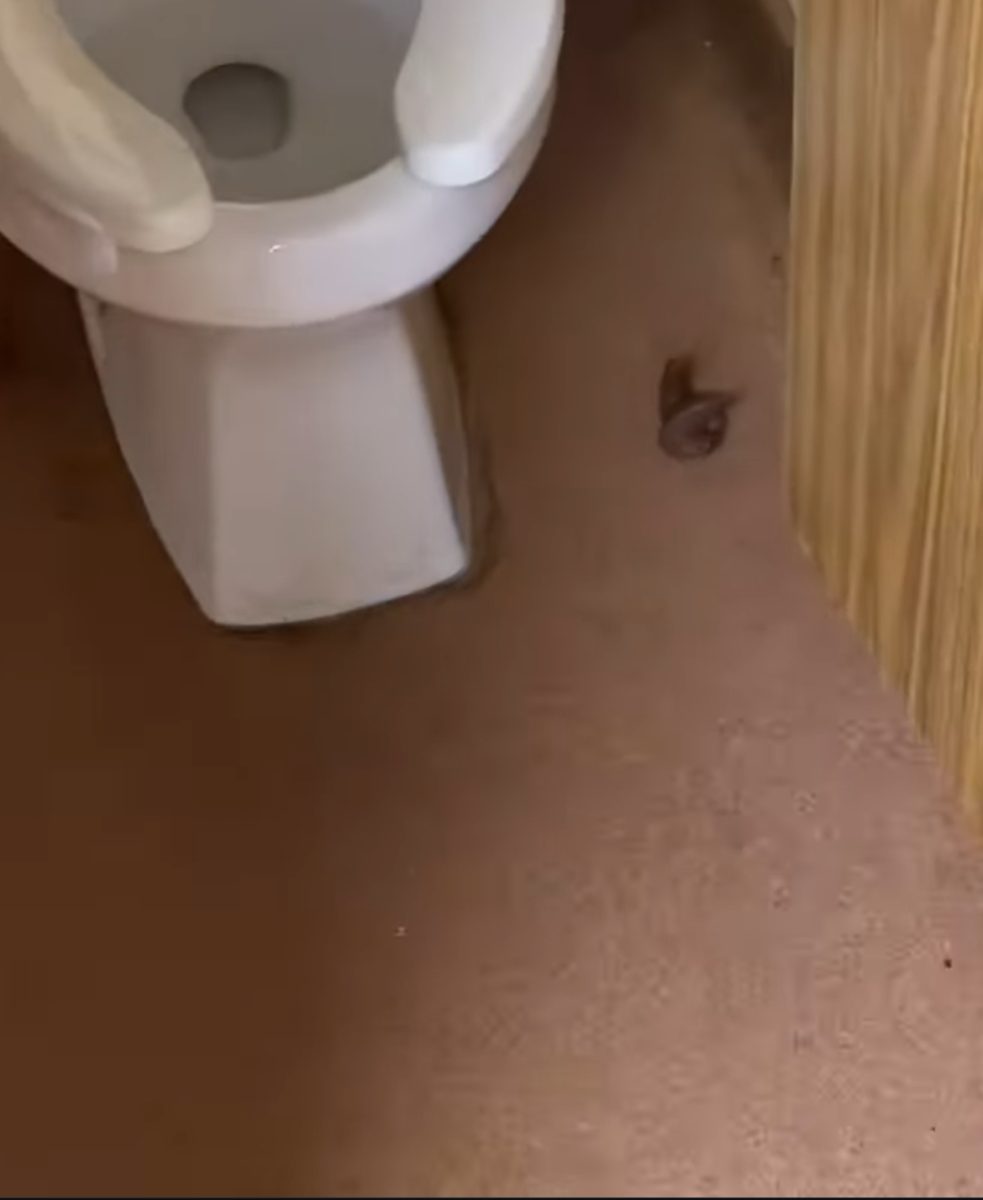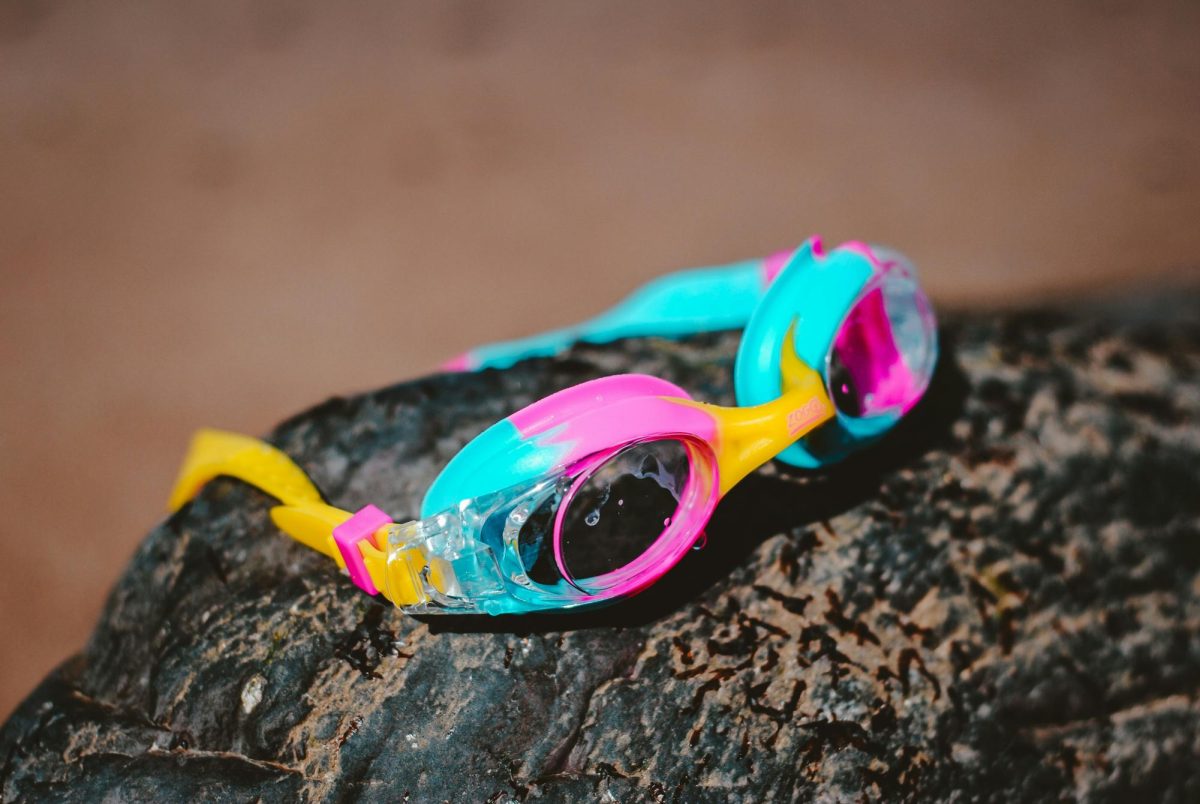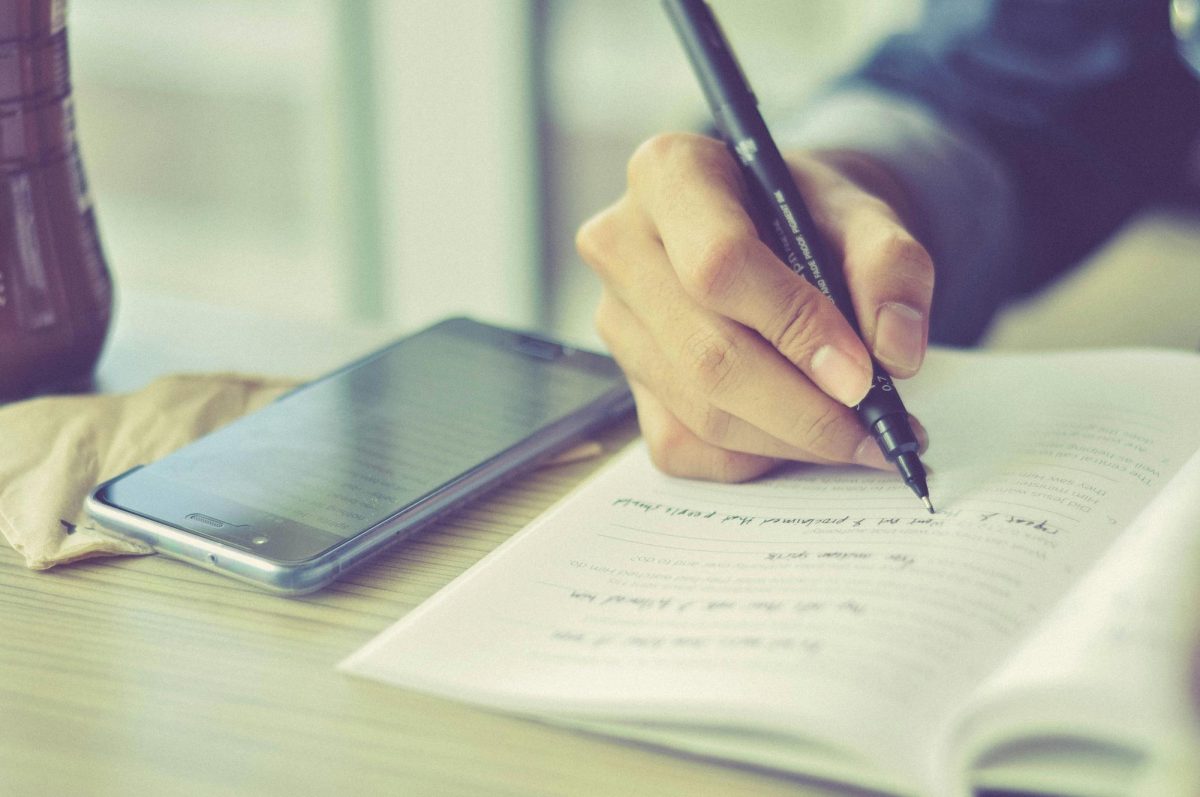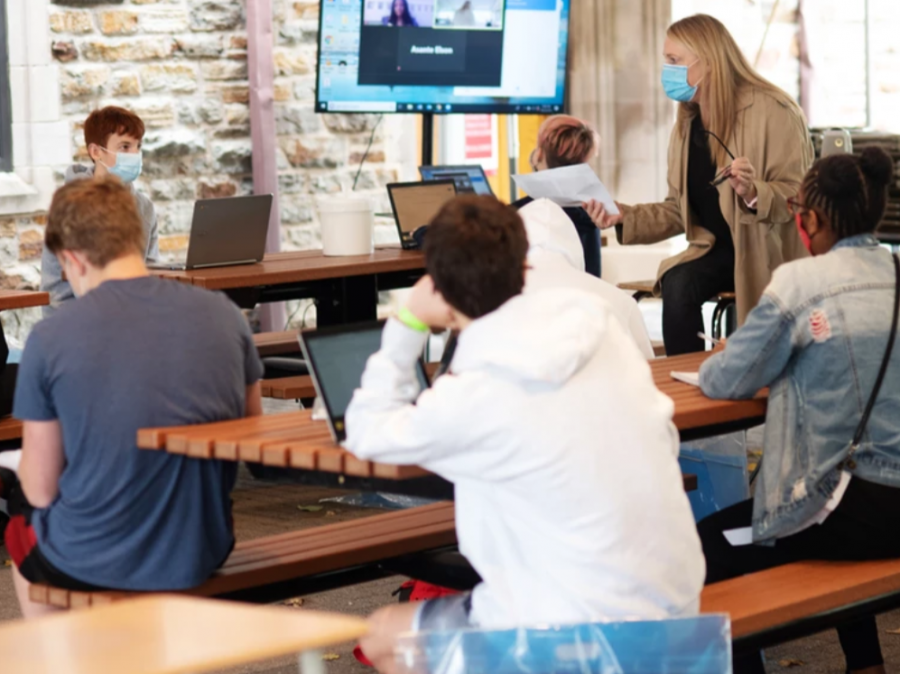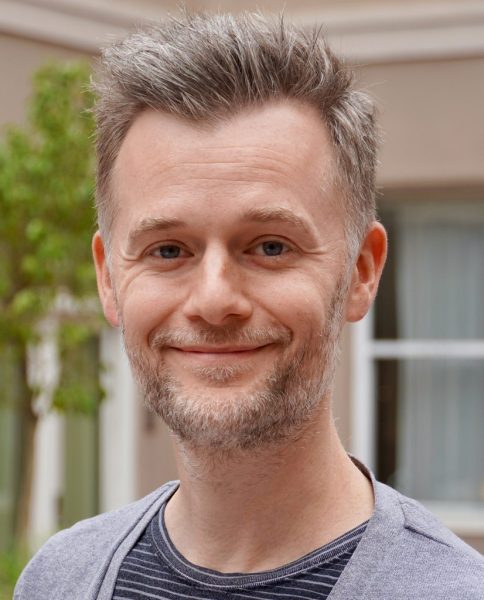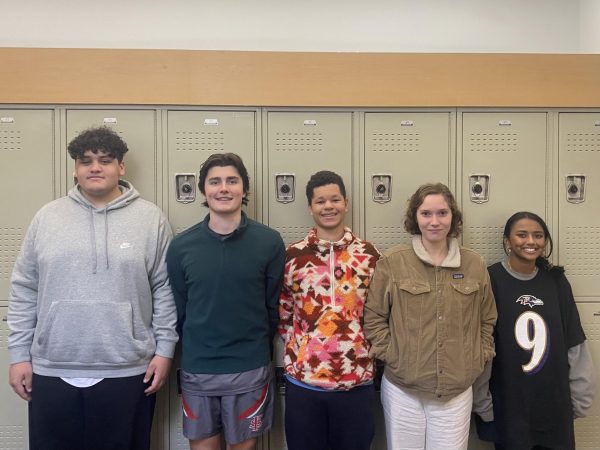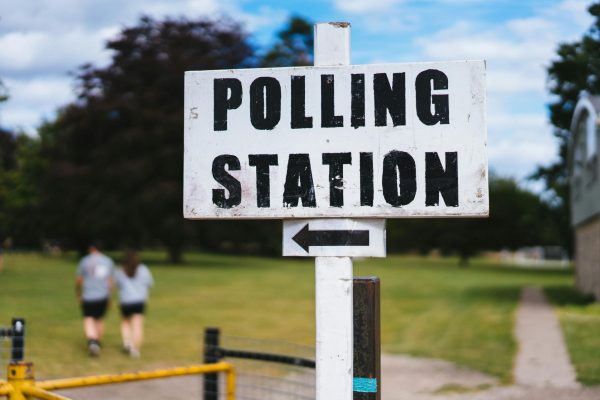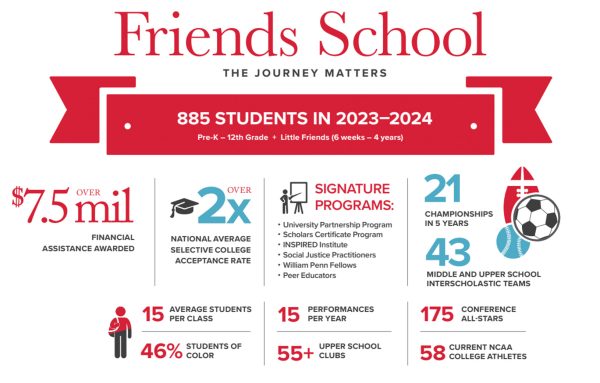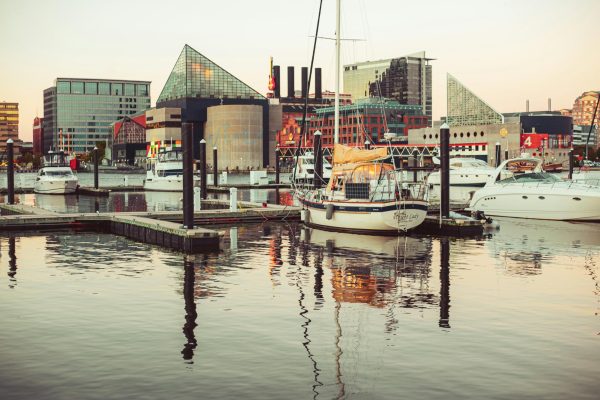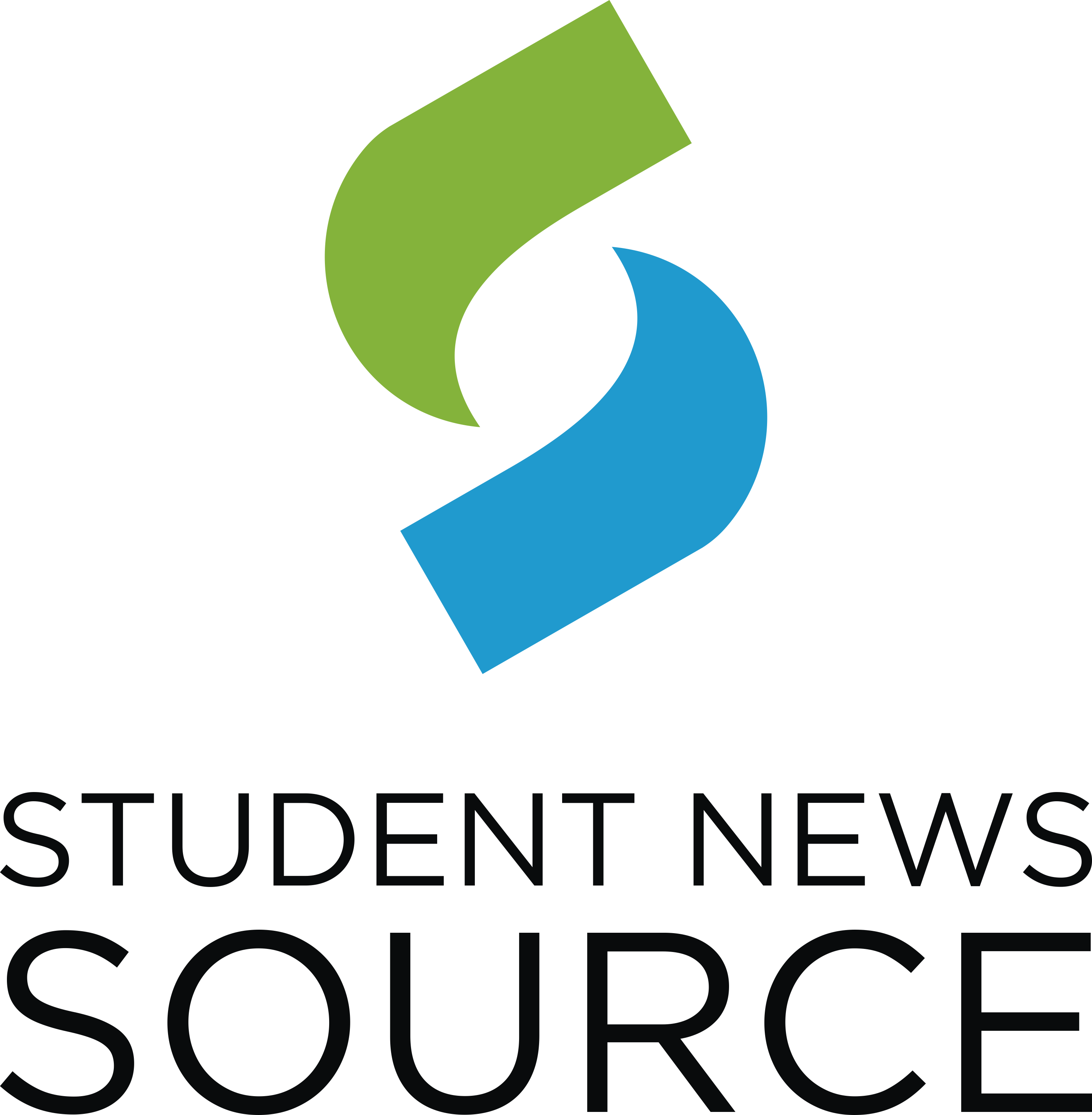After Months of Virtual Learning, Friends Creates Hybrid Option
Masks, outdoor tents, Personal Protective Partitions, and Owl cameras become features of covid-era school
Friends School photographer Laura Black
In November 2020, students joined Christine Saudek’s ninth grade English class both in-person and over Zoom, under one of the tents Friends purchased to make hybrid learning possible.
After a virtual start to the school year, October brought Friends a stirring new school schedule in the form of ‘hybrid learning.’
This program meant a long-anticipated reunion of students and teachers, in outdoor tents as well as classrooms, wearing masks and sitting six feet apart, using more interactive methods of education. Despite the strangeness, it has been an all-around more social experience for many students who have grown tired of distance learning.
But students and teachers remain on a tightrope. The uncertain nature of this global pandemic has left many members of the school community apprehensive about where we go from here.
“I do feel like our [hybrid] schedule is sustainable,” says 9th grader Sam Gerardi, “but if the need arises, I do think it’s perfectly possible to move back to distance learning. The schedule can’t negate every uncertain aspect of the pandemic.”
Back-and-forth fall
One of the more unpopular aspects of the hybrid schedule is the need to sometimes shift back and forth between in-person and distance learning. Many students’ worries about that happening were affirmed when Upper School head Steve McManus announced that we would be spending most of November online. Students had taken a step towards normalcy in October, so for many, it felt like a shame to slip back into the realm of Zoom.
But Mr. McManus says this was to be expected.
“We are trying to listen to Dr. Fauci and the public health experts who predict winter being a resurgence,” he said in an interview in October.
The potential need to return to distance learning had been on the minds of the Friends School Reopening of School Task Force, or FROST, for quite a while, McManus said.
“If positivity rates start to incline in the Baltimore area – if there are multiple teachers and students having to quarantine – there may be a tipping point in which we will have to switch back online.”
School heads clarified that a move to distance learning wouldn’t happen just because of a drop in temperature. This week, Friends Upper School students and teachers returned after the Thanksgiving break to find outdoor teaching tents fitted with heaters to better suit winter environment learning.
“We are working with the company renting us the tents to install sidewalls and heaters that will be available for us to use as we see fit,” says Dean of Students Bill Ball, who is also part of the FROST decision-making group.
“The heaters will also bring in fresh air to give the tents a system of ventilation and ensure that it isn’t completely enclosed.” he adds.
Reimagining M-block
On the topic of on-campus and schedule changes, planners noted that during hybrid learning in October, the 12:30-1:15 M-block was a time when many students found themselves with lots of free time, and not much to do except homework. Big-group study-halls in the dining hall and made focusing difficult.
This month, when students returned to campus, school leaders had rescheduled and reimagined M-block as an end-of-the-school-day time when students could socialize, and participate in Covid-safe sports.
“We have more options to give to students who are free at this time so that we’re not just overwhelming those two [study-hall] locations,” said McManus.
Rules are rules
Concerning rules and regulations that students must abide by at school, both McManus and Ball agreed that they will not change unless a new problem were to appear. They say they’ve spent much of the summer and fall considering the evolving scientific understanding the virus, and planning the safety restrictions now in place, such as the arrows on the floors, the Safety App, wristbands, and the like.
Above all, McManus and Ball were quick to say they can’t predict how the schedule will develop in the future.
“We don’t plan on fully opening the school until at least next fall or until there is a vaccine,” says Ball. “You can expect the school to stay in this schedule for a while.”
We humans like to feel that we are in charge of our futures. Covid has proven that this is most certainly not the case.
But there are many ways to deal with the uncertainty of the future. Take a walk, read a book, spend some time talking with yourself. Nothing fancy! You may pick up a wealth of insight along the way.
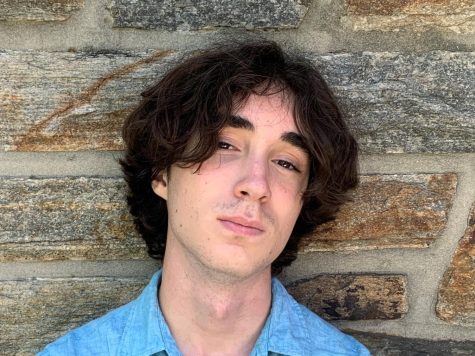
Daniel, class of '24, likes wrestling, and would like to study Ecology or Environmental Science when he grows up. He'll do his best.

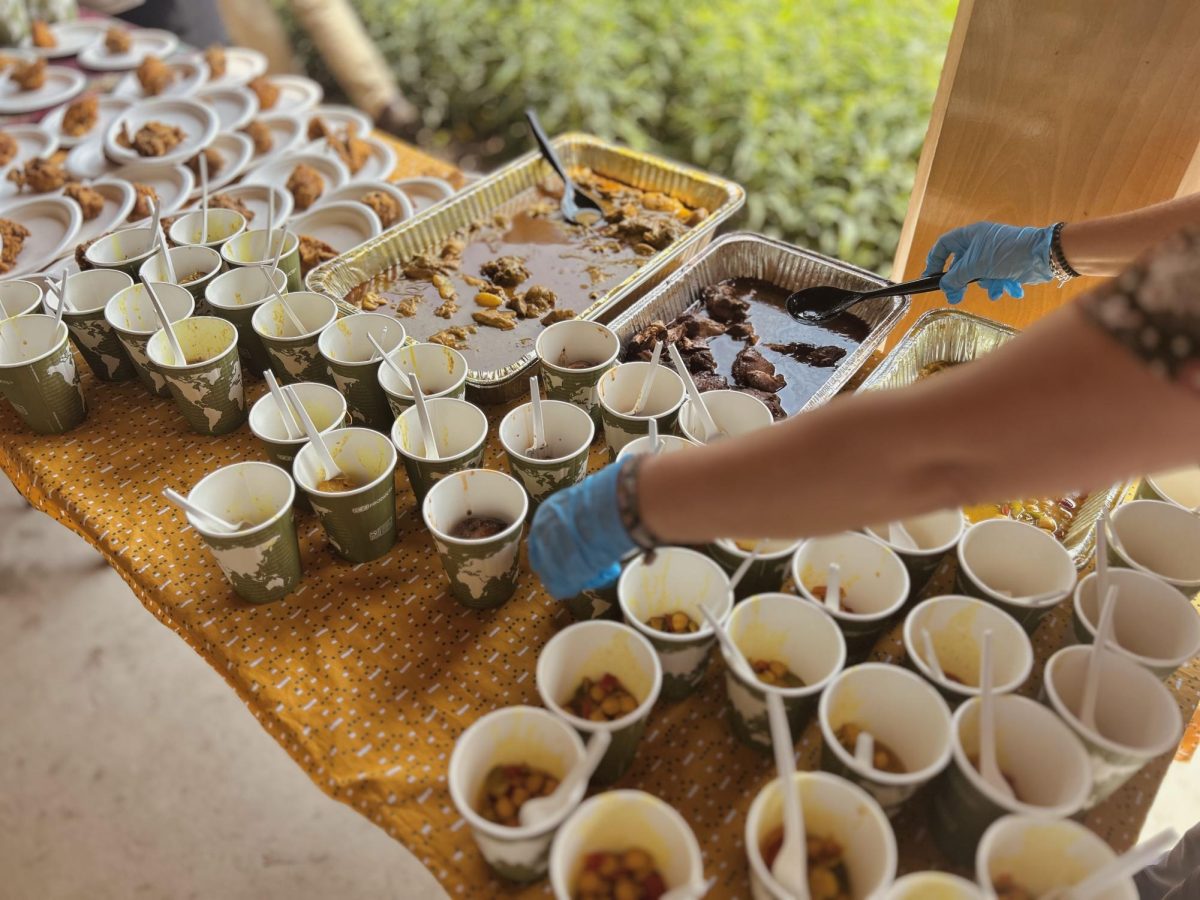
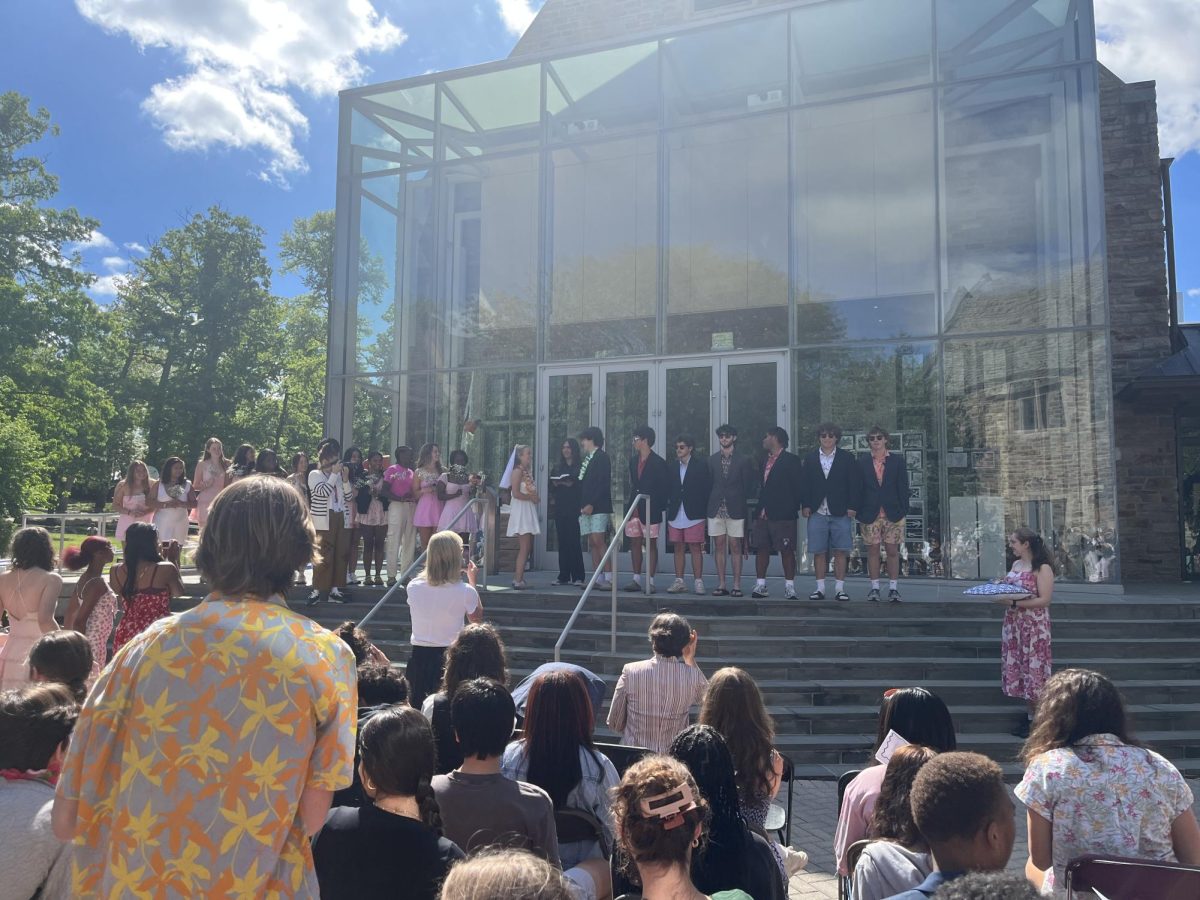
![A Phone Ban at Friends? [Podcast]](https://thequakerquill.org/wp-content/uploads/2025/05/magenta-VrRT19_ZjUY-unsplash-1200x900.jpg)
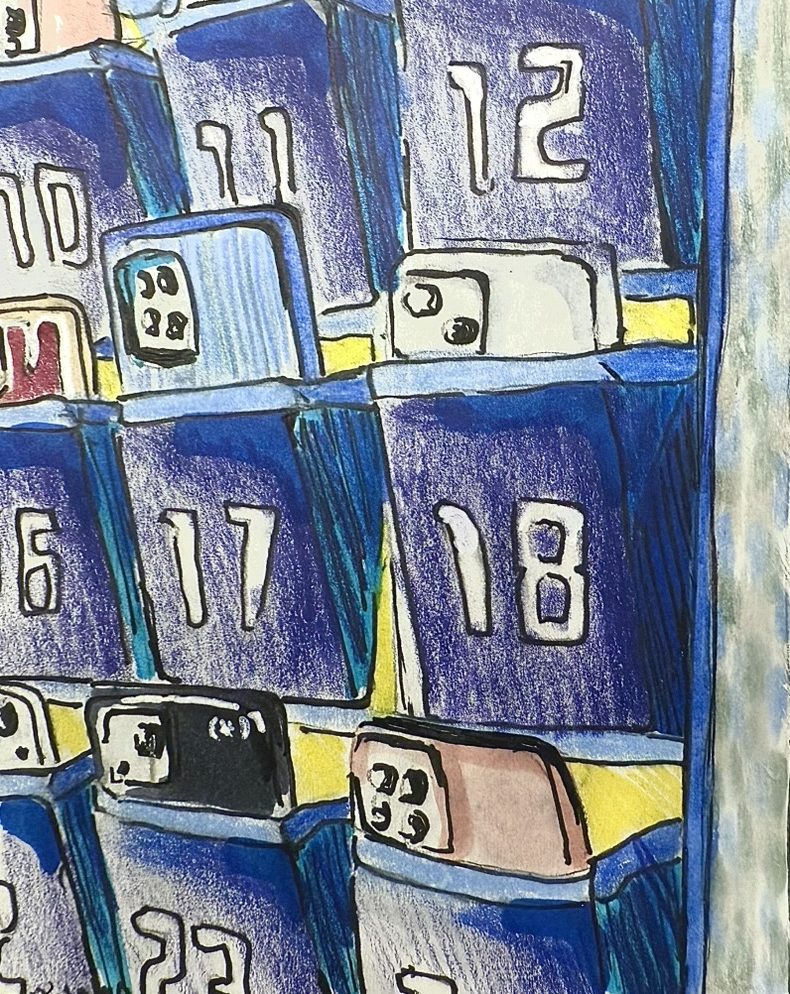
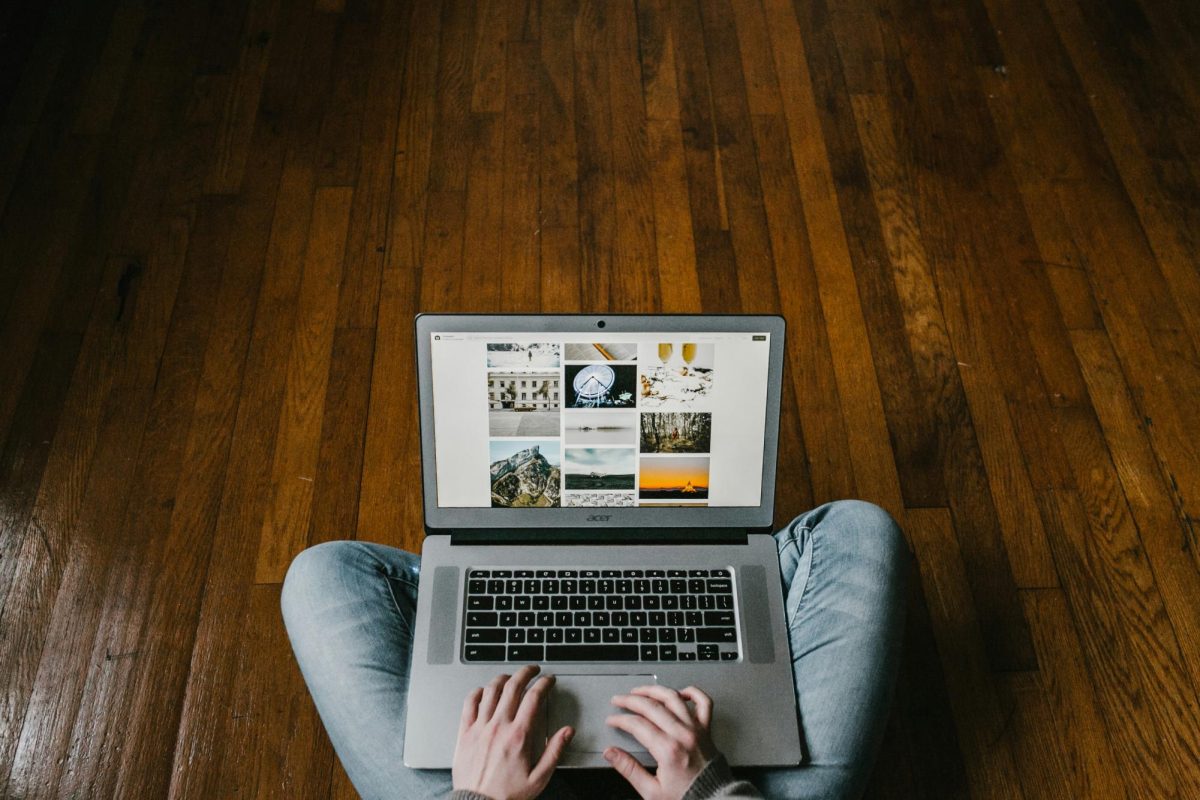
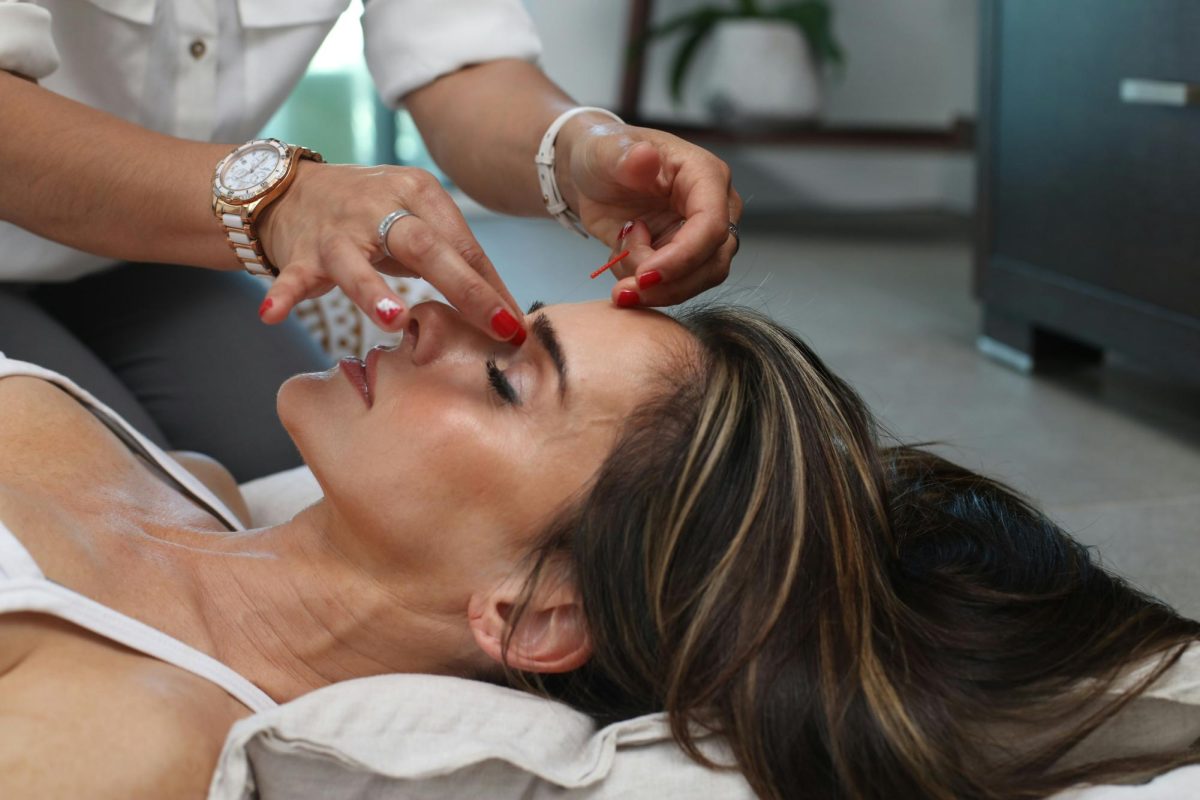
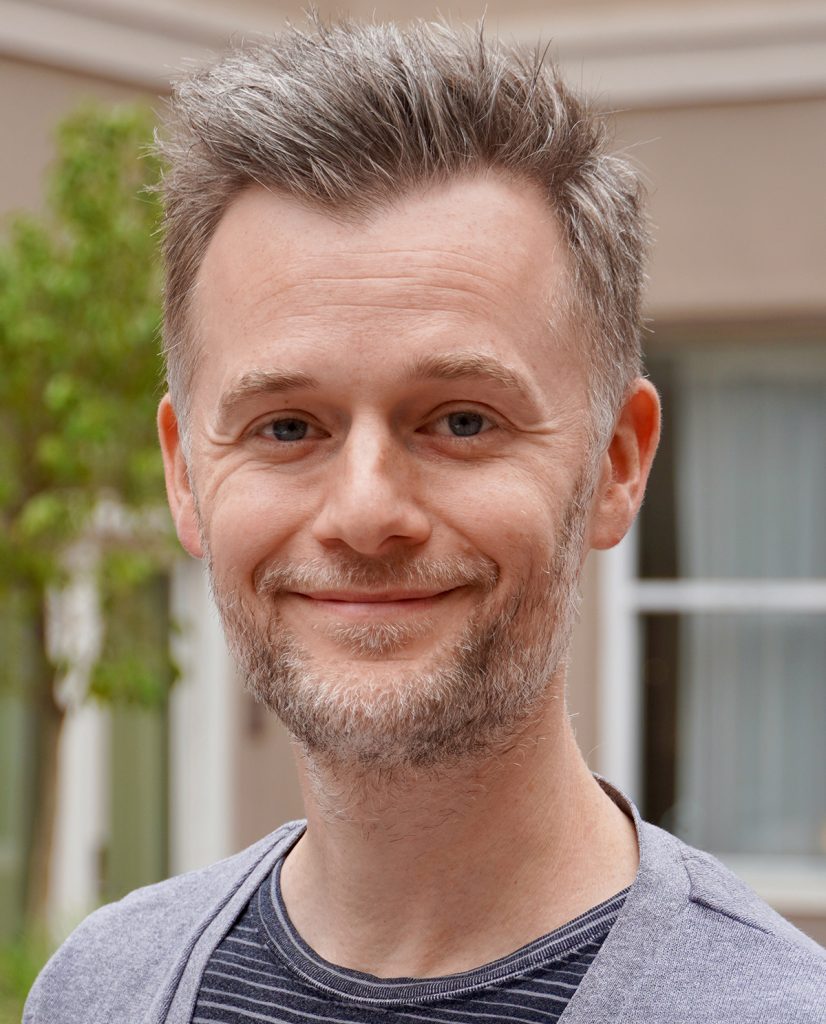

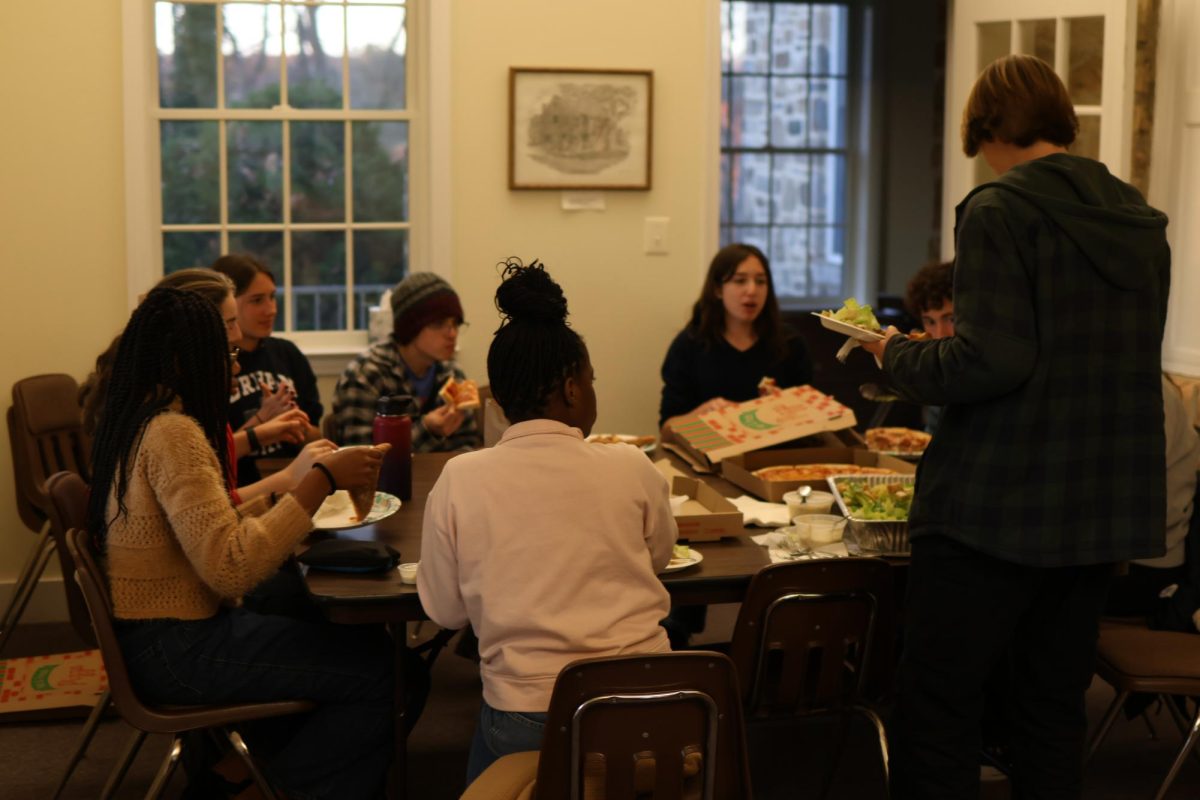

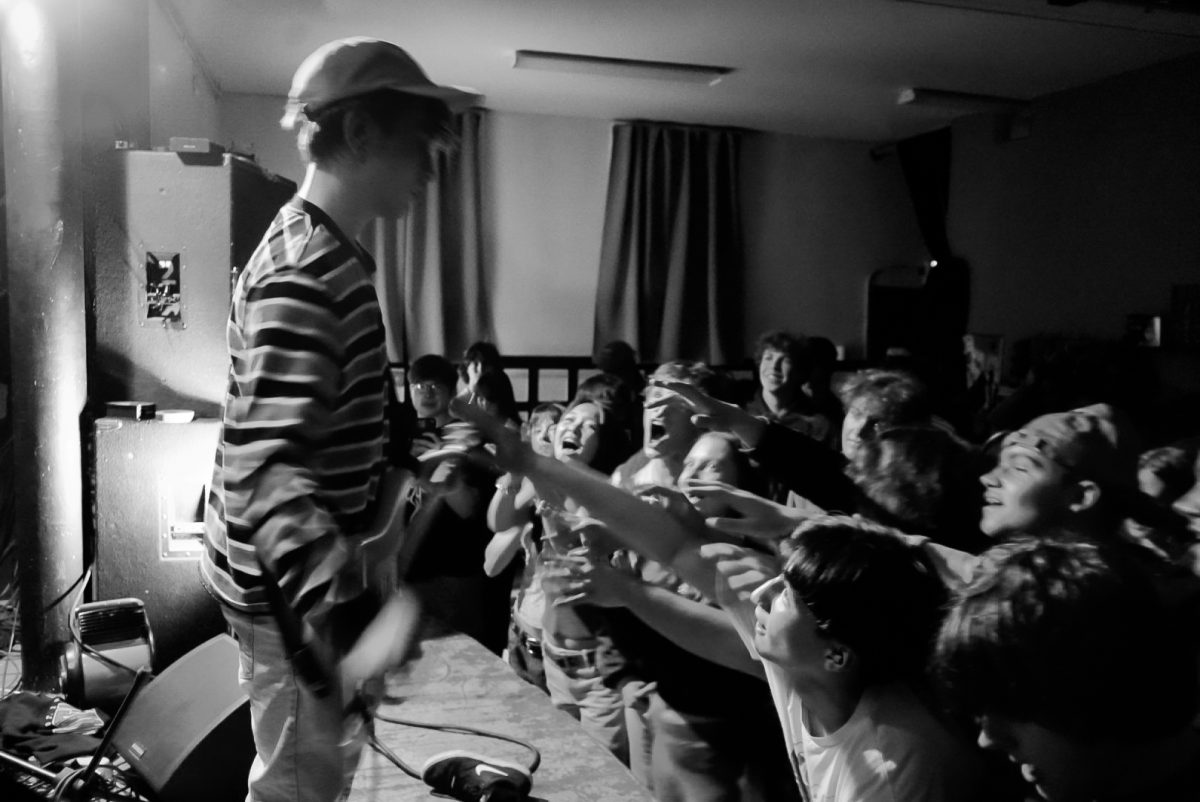

![How Freestyle Club Began [Podcast]](https://thequakerquill.org/wp-content/uploads/2025/05/charly-alvarez-Jv9untmB7G4-unsplash-1200x800.jpg)
